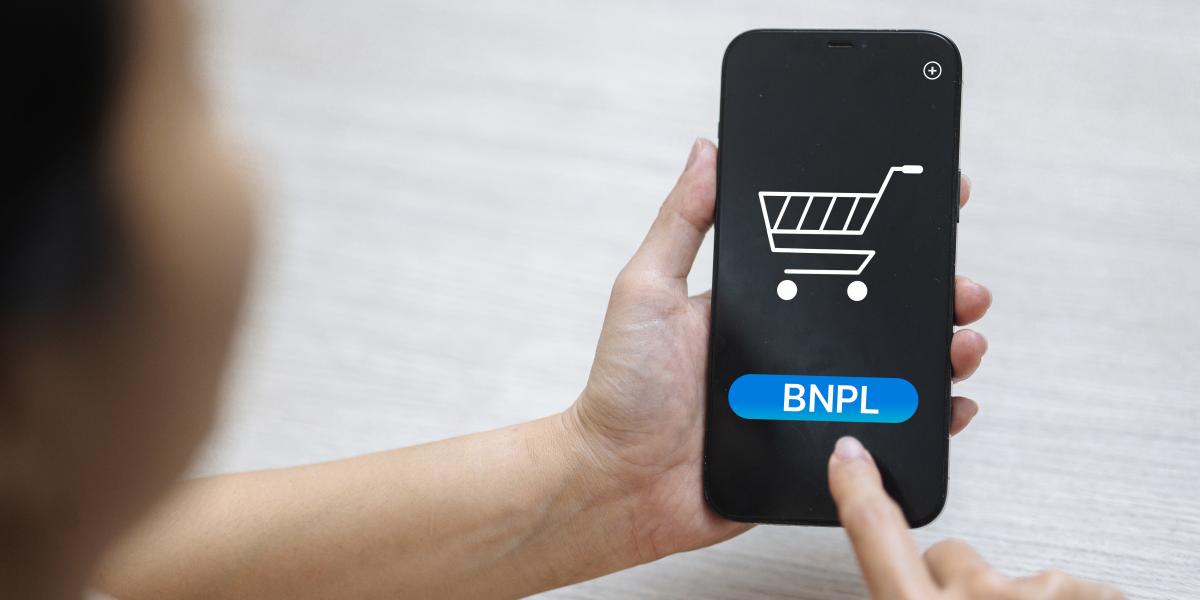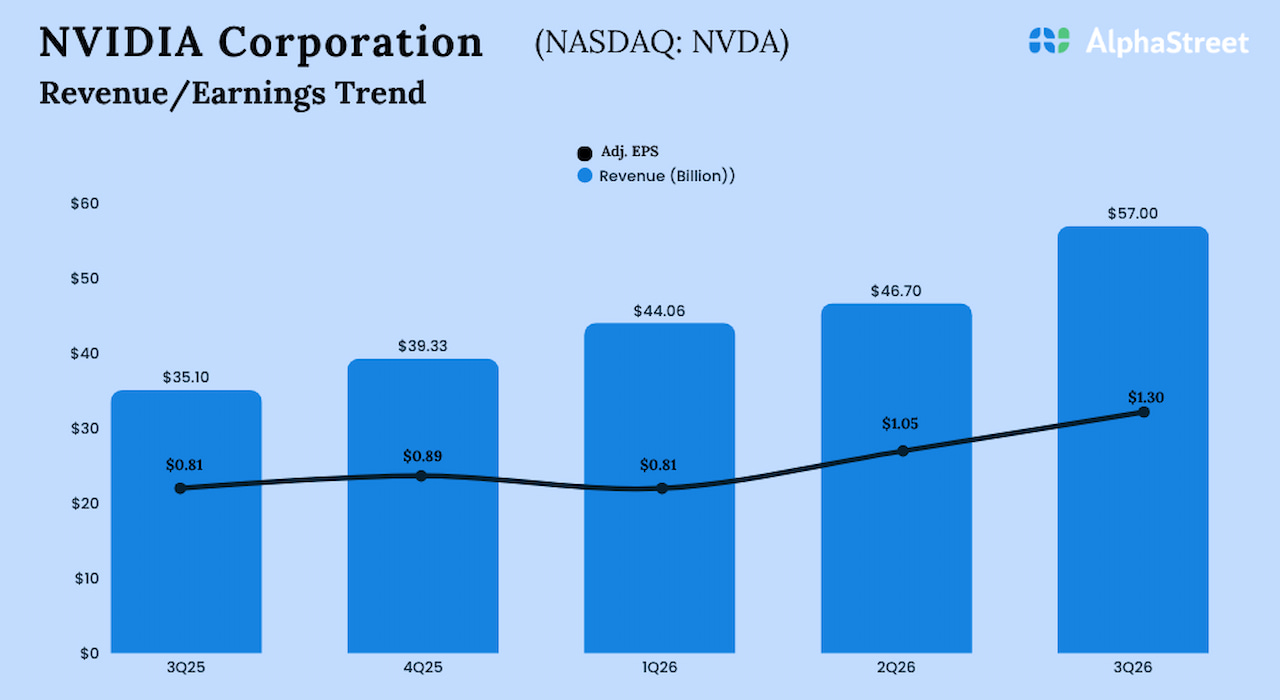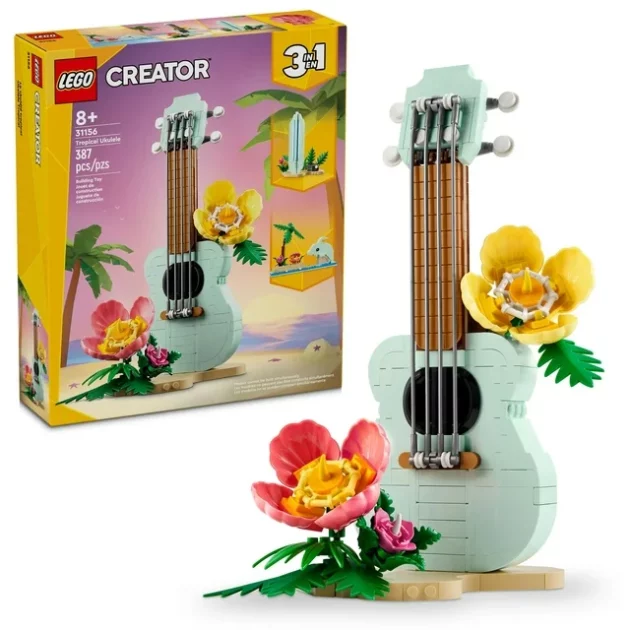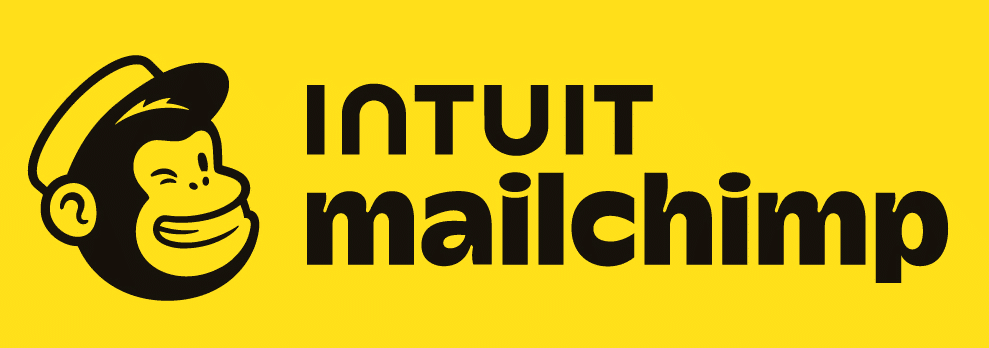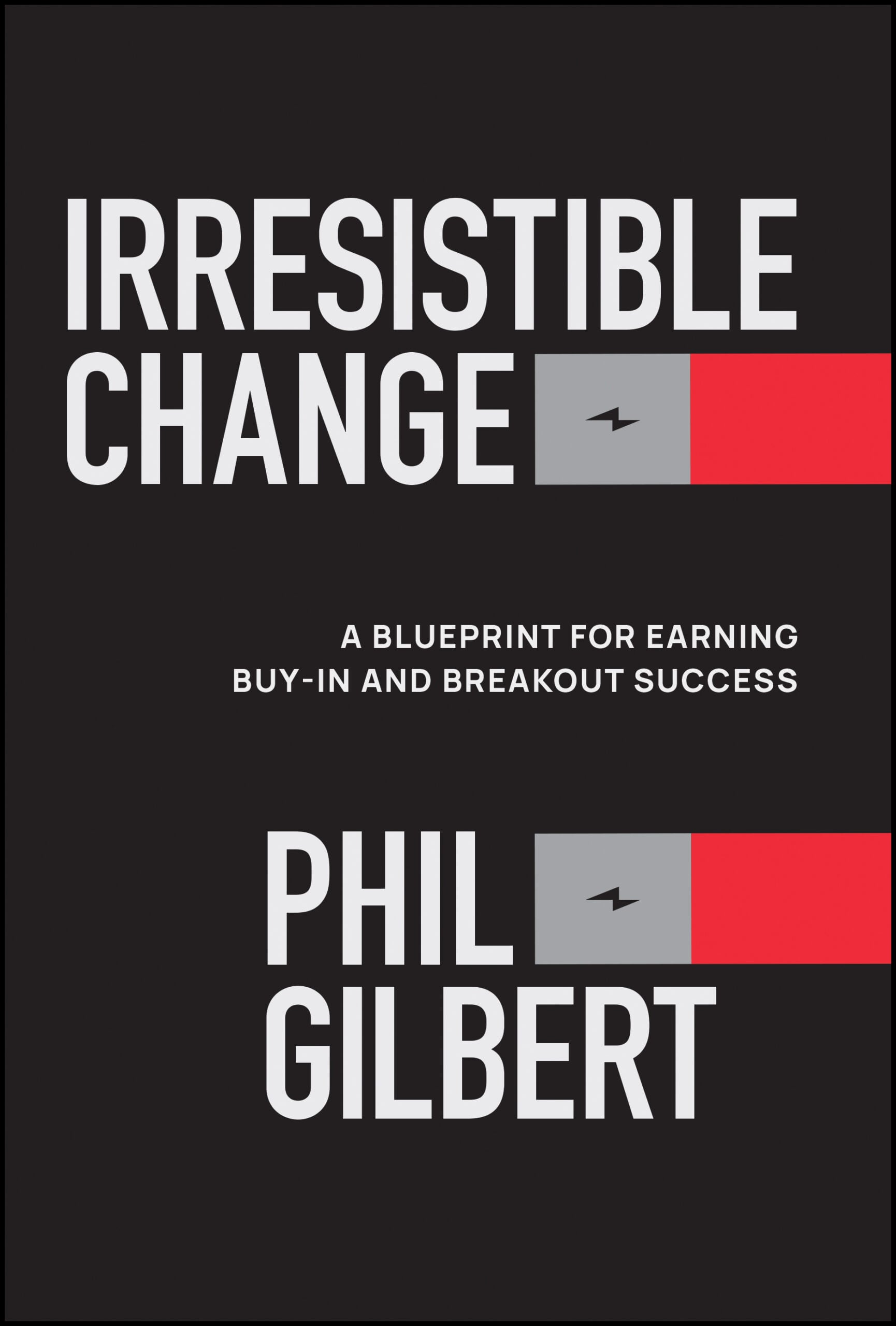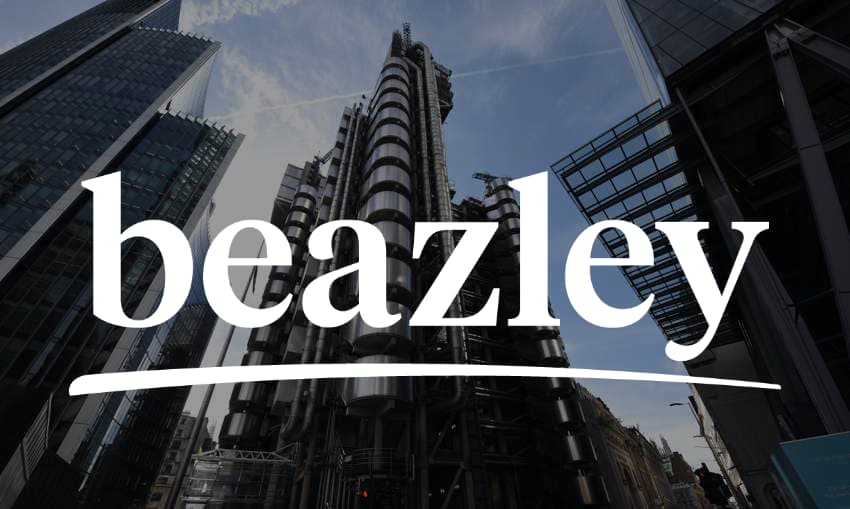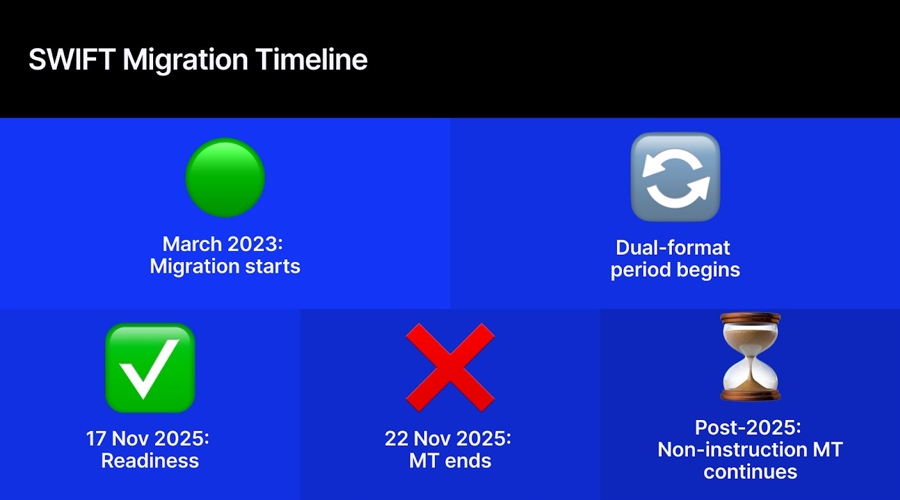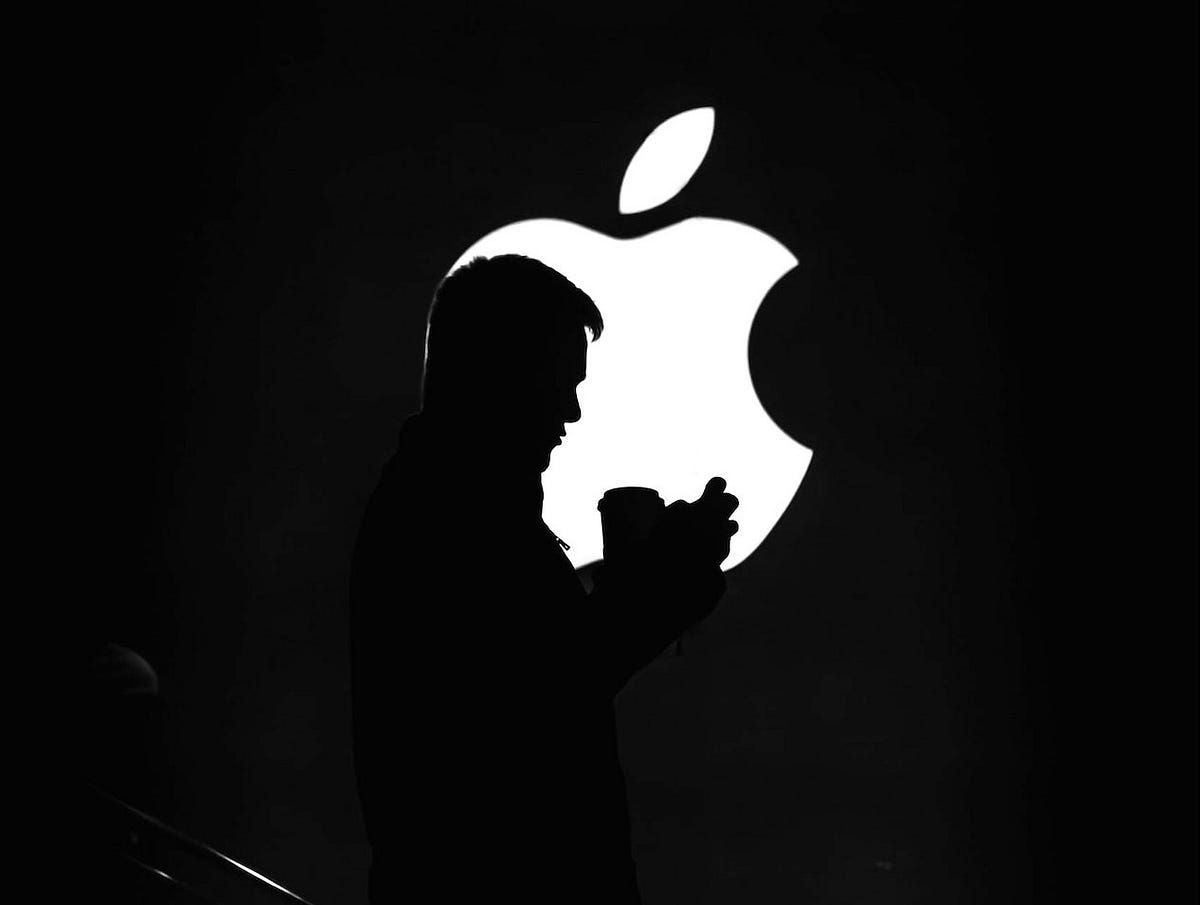(Used by Apple)
Master storytelling and you can sell just about anything.
Unfortunately, most people don’t know how or where to start.
We study literature in school, however, unless you enroll in a specialized program or attend a top marketing school (that teaches storytelling) you’ll probably never learn how to harness such a tool.
It’s a shame.
Because the barriers to entry in building an online business (especially a solopreneur business) are quite low. And storytelling is a tool that can get your offer to the market and effectively illustrate how it’s helpful, what problem it solves, and why the prospect should care.
Over the past nine months, I’ve become obsessed with understanding storytelling and how to leverage it for your online business.
I uncovered this 7-part storytelling framework (that just might be the most powerful persuasion tool ever created).
What you are about to read is one of the most fundamental marketing frameworks ever developed.
- A [HERO]
- Has a [PROBLEM]
- And meets a [GUIDE]
- Who gives them a [PLAN]
- That calls the hero to [ACTION]
- And helps them avoid [FAILURE]
- That ultimately ends in [SUCCESS]
Companies like:
Have known about this framework for years (and built their marketing strategy using it). As you read through this article, take a look and reflect on some of the world’s biggest companies. Have you seen them use this to establish their story brand? Can you see, in the examples provided below, how companies have used this storytelling framework to influence your decision-making?
Now, let’s take a look at how Apple used this framework throughout its history:
Every company needs to put a hero at the center of the story. Spoiler alert: that “hero” is generally you (the customer). Everything involving the company is aimed at making your, the hero’s, life better. The products, the services, and the benefits are all about you and improving your life.
In Apple’s case, they want to define:
- Who is their ideal customer?
- What do they find important/valuable?
- Why would they choose Apple over a competitor?
Example: In the mid-2000s they defined the “hipster creative” as their hero:
At its core, a business exists to solve a problem.
It’s pretty much that simple when you boil things down. So, for this storytelling framework to operate correctly, the company in question (again, Apple in this example) needs to outline:
- What problems does the hero have?
- How does this affect the hero’s life?
- What does it mean if it goes unsolved?
Example: Today, privacy is a priority. Apple illustrates this perfectly:
Now, the brand (Apple) is positioning itself to help solve the problem.
Contrary to what a lot of beginner founders and business owners might think, they’re (the business) not the hero — they’re the guide. Think of it like being the Obi-wan (the business) to the Luke Skywalker (the customer).
The business must illustrate:
- A favorable reputation
- Credibility
- Value
For our hero to trust them.
Example: Steve Jobs was a literal personification of the guide:
At this point, the business illustrates why the guide (apple) is the right choice. Generally, this takes the form of a “plan.” Think of the plan like all the marketing & advertising collateral you might see in the marketplace.
This could also take the form of a case study, for instance.
You can do this by showcasing:
- Features & benefits
- How to solve the problem
- Why this is the best solution
Example: The Macintosh was marketed on simplicity. Here, it’s a clear choice:
The most obvious call to action (CTA) is to “buy.”
However, many times you might see the call to action take the form of a “free trial.” Many solopreneurs want the first CTA to be “subscribe” and then the selling is done after the trust has been built.
Great brands (like Apple) have a different call…
Example: Apple is famous for one of the most compelling CTAs ever “Think Different”:
It’s not enough to show the hero what happens when they take action.
Human beings are more hardwired to avoid discomfort over seeking pleasure. Great companies understand this and use it in their brand storytelling to help convert more customers.
Illustrate what happens if they don’t buy:
- Loss aversion
- The consequences
- How the problem grows
Example: 1984 Superbowl ad highlighted individuals (the hero) taking power back from “bad big business” (and avoiding failure):
Now that we got the pain avoidance out of the way, we can highlight the end goal of the hero choosing the business.
In short, this is the outcome (or the solution).
To help you and your business, think about what is the:
- Transformation
- Meaning
- New life
The hero might get with the product.
Example: Today, Apple is showcasing its transformative camera technology with the iPhone:
This 7-part storytelling framework might be the most powerful persuasion tool ever created (used by Apple):
- A [HERO]
- Has a [PROBLEM]
- And meets a [GUIDE]
- Who gives them a [PLAN]
- That calls the hero to [ACTION]
- And helps them avoid [FAILURE]
- That ultimately ends in [SUCCESS]
Ready to become your niche’s favorite creator?
Check out this free resource that walks you step-by-step towards making your first $3,000 online — regardless of your experience — in my free guide.












